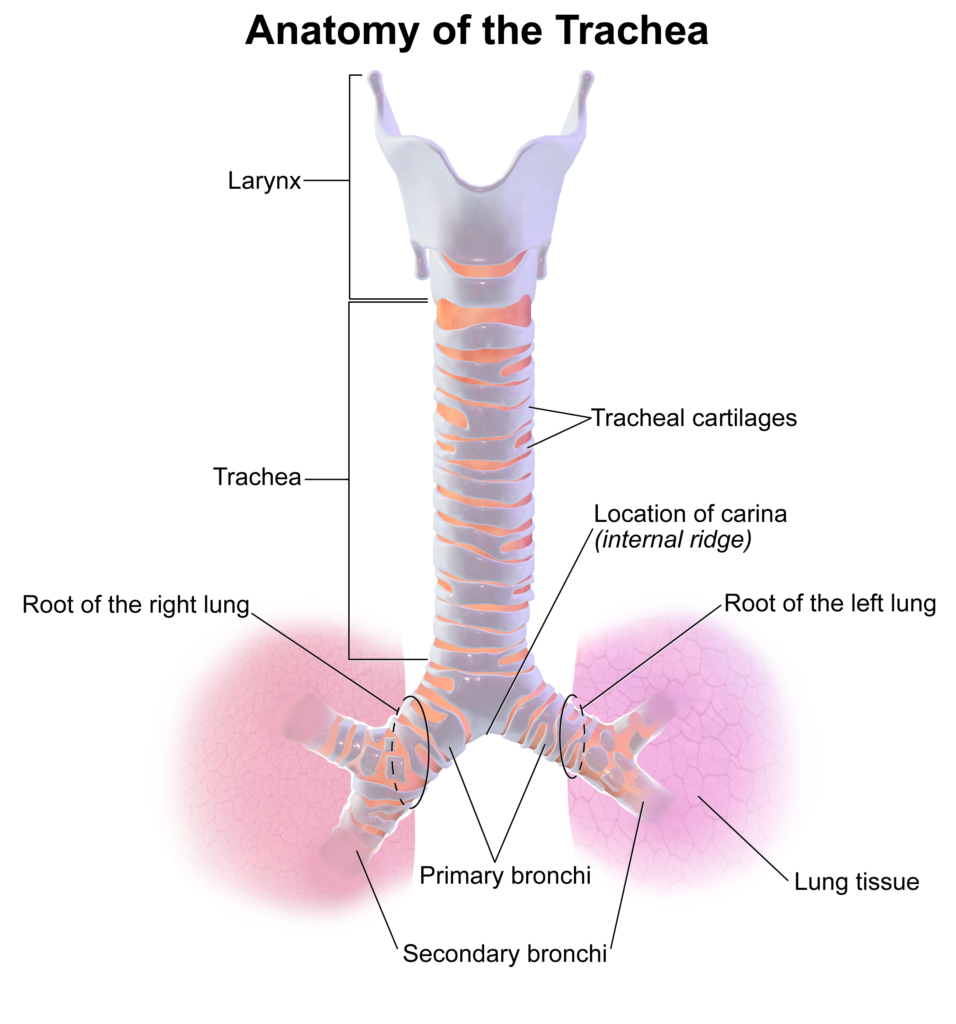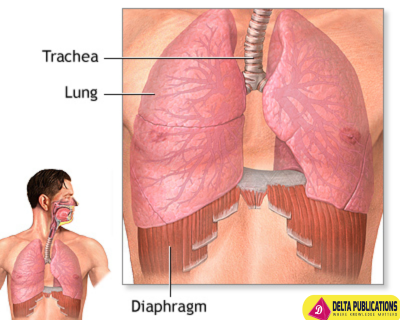The Breathing System
Key Notes :

What is the Breathing System?
- The breathing system, also called the respiratory system, is the group of organs that help us breathe in oxygen and breathe out carbon dioxide.
Main Parts of the Breathing System:
- Nose and Mouth: Air enters the body through the nose or mouth.

- Trachea (Windpipe): The air travels down the trachea to reach the lungs.

- Lungs: The main organs where the exchange of gases takes place.

- Diaphragm: A muscle under the lungs that helps with breathing.

How the Breathing System Works:

- Inhaling: When we breathe in, our lungs fill with air containing oxygen.
- Exhaling: When we breathe out, we release carbon dioxide from our lungs.
- The diaphragm moves down when we inhale and moves up when we exhale.
Importance of Oxygen:
- Oxygen is essential for our body to produce energy. Without oxygen, our cells cannot function properly.
Why We Need to Breathe:
- Breathing keeps us alive by supplying oxygen to the body and removing waste gases like carbon dioxide.
Keeping the Breathing System Healthy:
- Exercise regularly to strengthen the lungs.
- Avoid smoking and stay away from polluted air.
- Drink plenty of water to keep the lungs moist.
- Practice deep breathing exercises to improve lung function.
Fun Facts:
- Lungs are like sponges that can hold a large amount of air.
- Humans take around 12-20 breaths per minute when resting.
- The right lung is slightly bigger than the left lung.
Let’s practice!

